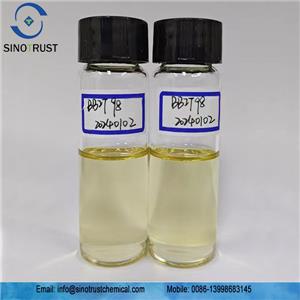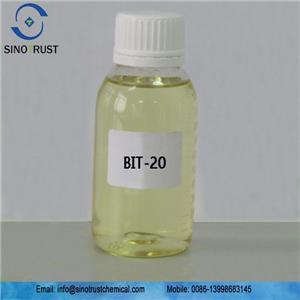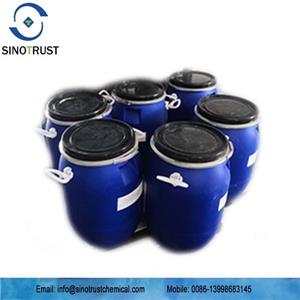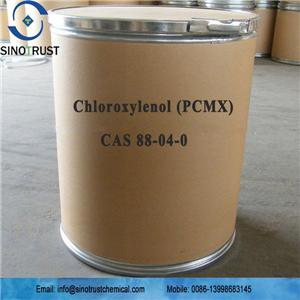Wood preservatives OIT-10 Biocide & IPBC 99
Wood preservatives are mainly bactericidal preservatives used in wood. They can provide very good protection to wood. Our company mainly introduce kinds of wood preservatives: OIT-10 & IPBC 99.
1)OIT-10 is a highly effective, industrial fungicide that exhibits excellent fungistatic and fungicidal activity against fungi, including yeasts and mold, and Gram-Positive bacteria, and limited activity against Gram-Negative bacteria. Commonly known as octhilinone, 2-n-octyl-4-isothiazolin-3-one is the active ingredient of OIT-10. It is supplied as a 10 percent active liquid in propylene glycol.
OIT-10 Biocide is soluble in methanol, ethanol, propylene glycol, acetone,ethyl ether, ethyl acetate, chloroform, butyl Cellosolve, corn oil, and mineral oil. OIT-10 Biocide has excellent effect in end use of wood preservatives.
2)IPBC-Solid provides a wide spectrum of antibacterial activity against mildew and microzyme and algae. IPBC-Solid is effective with other preservative materials, especially Methylparaben,Propylparaben.Diazolidinyl Urea, Kathon and BNPD. This combination is a complete preservative system that is effective at protecting well-formulated products from bacterial, yeast, and mold contamination during product use. Its optimum pH range of use is 4~10, It should be added at the lowest temperature (≤50oC) if possible.
What are the methods when using the wood preservatives?
In general, there are three treatments. Vacuum pressure method, atmospheric pressure immersion method, spraying method.
Vacuum pressurization is the most common and most effective method of placing wood in a closed pressure vessel and then applying vacuum and pressure to press the chemicals into the interior of the wood.
The soaking method is to put the wood in a pool connected with the atmosphere and soak it with the wood preservative solution. The soaking time depends on the size of the wood, ranging from several hours to several days and even one month.
The spray method uses a brush or sprayer to evenly brush or spray the wood preservative solution onto the surface of the wood. Spraying and immersion methods can only provide short-term protection for wood and are most suitable for outdoor use.




